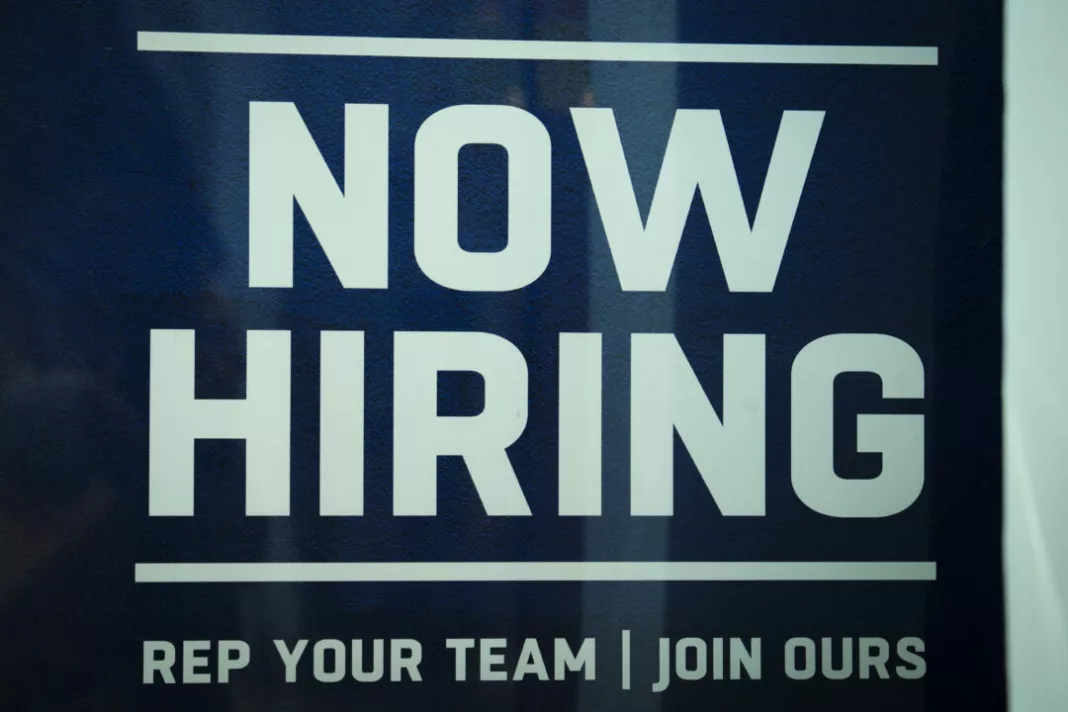The Great Reshuffle: Lack of Childcare Contributes to Workforce Shortage

The Great Reshuffle
According to a report from the U.S. Chamber of Congress, there are currently 9.5 million job openings in the United States, but only 6.5 million unemployed workers available to fill them. This phenomenon, known as the Great Reshuffle, is attributed to various factors, including an aging population, early retirements, and a surge in new businesses. However, one significant contributor to the disappearing workforce is the lack of available childcare.
The Impact of Childcare
Despite the distribution of $24 billion in American Rescue Plan Act funding in 2021 to keep childcare centers open, more than 70,000 centers have closed since the funding ran out. This has had a profound impact on the workforce, as parents are faced with difficult decisions when it comes to returning to the office.
The Cost of Childcare
The cost of childcare has become a major barrier for many working parents. Todd Surline, president of Hiring Solutions and an adjunct professor at Michigan State University, explains that the cost of daycare is now exorbitant, making it financially impractical for some parents to work. Surline emphasizes that it’s not a matter of work ethic; employees today prioritize flexibility over high salaries. Employers need to adapt and offer more flexible work arrangements to attract and retain talent.
Work-Life Balance
A survey conducted by Ford Motor Company reveals that 52 percent of its global employees would be willing to take a 20 percent pay cut in exchange for a better work-life balance. This sentiment is particularly strong among Generation Z employees in the United States. The desire for work-life balance is a driving factor behind the current labor force trends.
The Decline of Women in the Workforce
According to the U.S. Chamber study, women’s participation in the labor force is at its lowest since the 1970s. The pandemic has caused 3.5 million mothers to leave their jobs, resulting in a significant drop in the labor force participation rate for working moms. The lack of accessible and affordable childcare options has been a major factor in this decline.
The Impact on the Economy
A study by ReadyNation reveals that the lack of affordable childcare support costs the U.S. economy $122 billion annually. This not only affects working parents and their employers but also impacts taxpayers. ReadyNation emphasizes the need for companies to recognize childcare as a business-critical issue and implement supportive policies to retain and recruit valuable talent.
The Financial Burden
A Bank of America study shows that the average U.S. household spends over $700 per month on childcare, a 32 percent increase from 2019. Many families are depleting their savings to cover these expenses, which hinders economic growth. The high cost of childcare prevents many parents from reentering or staying in the workforce.
The Need for Flexibility
The U.S. Chamber study found that nearly half of respondents are not willing to take a job that doesn’t offer remote work options. Employers need to adopt a different mindset to attract employees, including offering flexibility in work schedules. Being open to accommodating employees’ personal needs, such as attending family events or taking care of sick family members, can make a significant difference in filling positions.
In conclusion, the lack of available and affordable childcare is a significant factor contributing to the workforce shortage in the United States. Employers must recognize the importance of childcare as a business-critical issue and implement supportive policies to attract and retain talent. Additionally, offering flexibility in work arrangements is crucial to meet the changing needs and priorities of today’s workforce.


